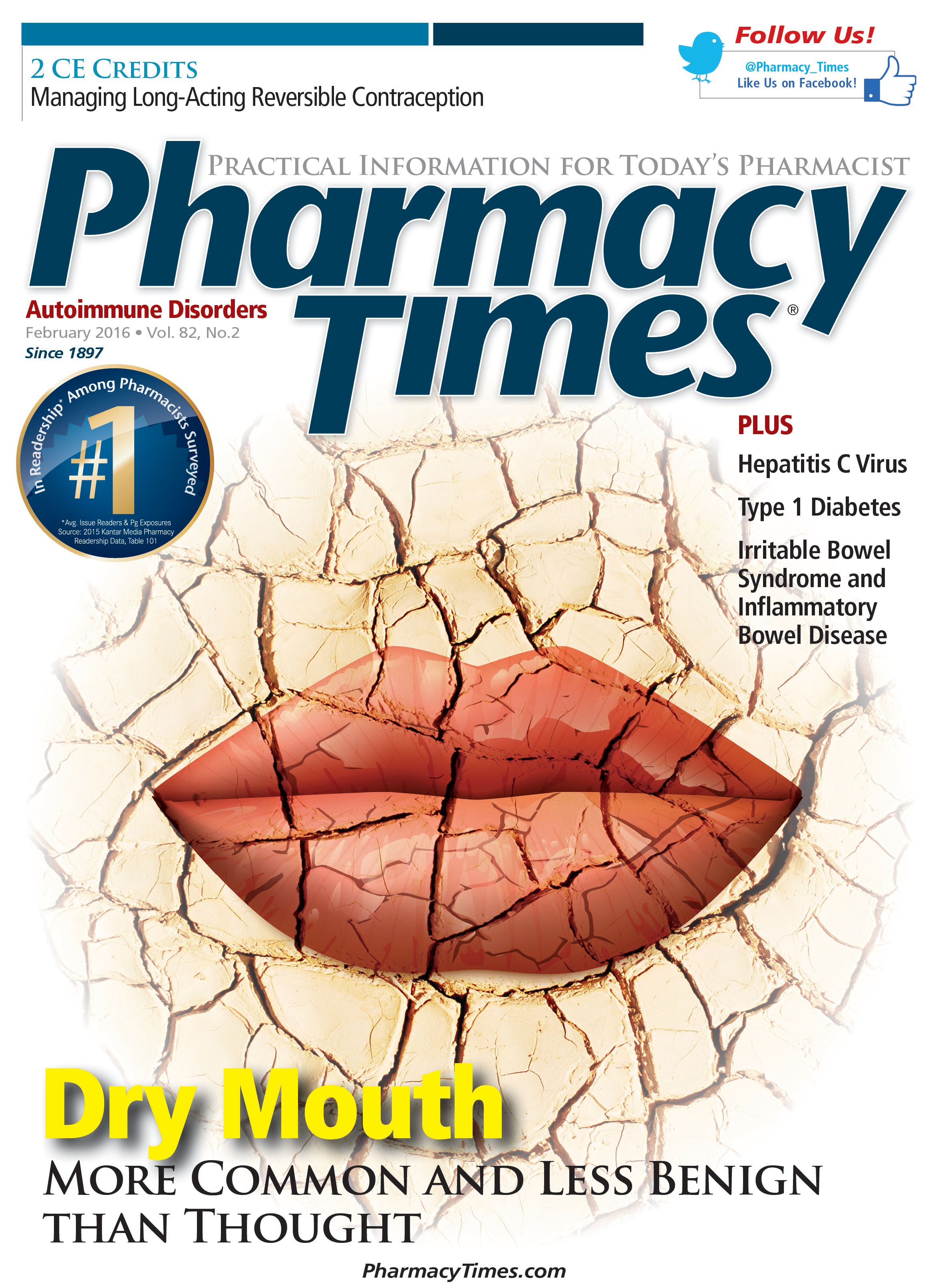Publication
Article
Pharmacy Times
Tresiba
Author(s):
The FDA has approved Tresiba (insulin degludec injection) to improve glycemic control in adults with diabetes mellitus.
The FDA has approved Tresiba (insulin degludec injection) to improve glycemic control in adults with diabetes mellitus.1 Tresiba is a once-daily, long-acting basal insulin and the first new basal insulin molecule to receive FDA approval in a decade. It can be used alone or in combination with oral antidiabetic medications or bolus insulin in patients with type 1 or type 2 diabetes.2 The approval of Tresiba carries the limitation that it is not recommended for the treatment of diabetic ketoacidosis.1
Pharmacology and Pharmacokinetics
Insulin and insulin analogs cause a reduction in blood glucose by stimulating peripheral glucose uptake, especially by skeletal muscle and fat, and by inhibiting hepatic glucose production. Insulin also inhibits lipolysis and proteolysis and enhances protein synthesis. When injected into the subcutaneous tissue, Tresiba forms multihexamers, resulting in a subcutaneous insulin degludec depot.1 The glucoselowering effect of Tresiba lasts 42 hours after injection, predominantly because of the delayed absorption of Tresiba from the subcutaneous tissue, and to a lesser extent, because of the binding of Tresiba to circulating albumin.1,2
Dosage and Administration
Tresiba should be dosed on an individualized basis depending on a patient’s metabolic needs, blood glucose monitoring results, and glycemic control goal. Tresiba should be given as a subcutaneous injection in the thigh, upper arm, or abdomen once daily at any time of day. To reduce the risk of lipodystrophy, injection sites should be rotated. Tresiba should not be diluted or mixed with any other insulin or solution.
Tresiba is available in a FlexTouch disposable prefilled pen as 100 U/mL or 200 U/mL. Dose conversion should not be performed when using these devices, as the dose window for each pen shows the number of insulin units to be delivered.1
Clinical Trials
The efficacy of Tresiba was determined in 9 randomized, openlabel, treat-to-target, active, controlled trials. Three trials evaluated the role of Tresiba in patients with type 1 diabetes, and 6 trials evaluated patients with type 2 diabetes. In each study, Tresiba was administered once daily at the same time of day or at any time of day, and used in combination with a mealtime insulin or common oral antidiabetic medications. The studies found that patients using Tresiba achieved reductions in glycated hemoglobin similar to those achieved by patients using previously approved long-acting insulin.1,3
Contraindications, Warnings, and Precautions
Tresiba is contraindicated during episodes of hypoglycemia and in patients with hypersensitivity to Tresiba or any of its components. The Tresiba FlexTouch pen should never be shared among patients, even if the needle is changed. If hyperglycemia or hypoglycemia occurs, close supervision is warranted and the frequency of blood glucose monitoring should be increased. Because hypoglycemia may be life-threatening, the frequency of monitoring should be increased when changes occur in insulin dosage, other medications, meals, or physical activity, and in patients with renal or hepatic impairment or hypoglycemia unawareness. Patients should always check insulin labels prior to injection. Tresiba should never be transferred to a syringe for administration.
Severe, life-threatening, generalized allergy, including anaphylaxis, can occur during treatment with Tresiba. If it occurs, treatment should be discontinued and the patient should be monitored and treated, as appropriate. Hypokalemia, which is sometimes life-threatening, may occur. Potassium levels should be monitored in patients at risk for hypokalemia. Patients using thiazolidinediones should be observed for signs and symptoms of heart failure; if heart failure occurs, dose reduction or discontinuation should be considered.
Concomitant use of Tresiba with medications that affect glucose metabolism may require an adjustment of the insulin dose. Antiadrenergic medications, such as beta blockers, clonidine, guanethidine, and reserpine, may mask the signs and symptoms of hypoglycemia.
Tresiba is Pregnancy Category C. It should not be used in pediatric patients.
The most common adverse reactions are hypoglycemia, allergic reactions, injection-site reactions, lipodystrophy, pruritus, rash, edema, and weight gain.1
Dr. Holmberg earned her PharmD from the University of Connecticut and completed an ambulatory care residency at the Phoenix VA Healthcare System. Her practice has also included pediatrics and inpatient mental health. She resides in Phoenix, Arizona.
References
- Tresiba [prescribing information]. Plainsboro, NJ: Novo Nordisk; 2015. www.novo-pi.com/tresiba.pdf. Accessed November 2015.
- Novo Nordisk receives FDA approval for Tresiba (insulin degludec injection) for adults with type 1 and type 2 diabetes. Novo Nordisk website. press.novonordisk-us.com/2015-09-25-Novo-Nordisk-Receives-FDA-Approval-for-Tresiba-insulin-degludec-injection-for-Adults-with-Type-1-and-Type-2-Diabetes. Accessed November 2015.
- FDA approves two new drug treatments for diabetes mellitus. FDA website. fda.gov/NewsEvents/Newsroom/PressAnnouncements/ucm464321.htm. Accessed November 2015.







